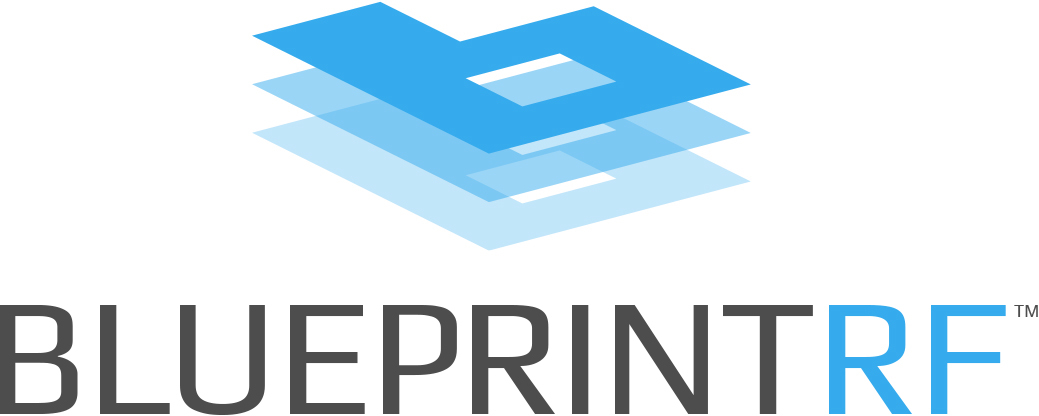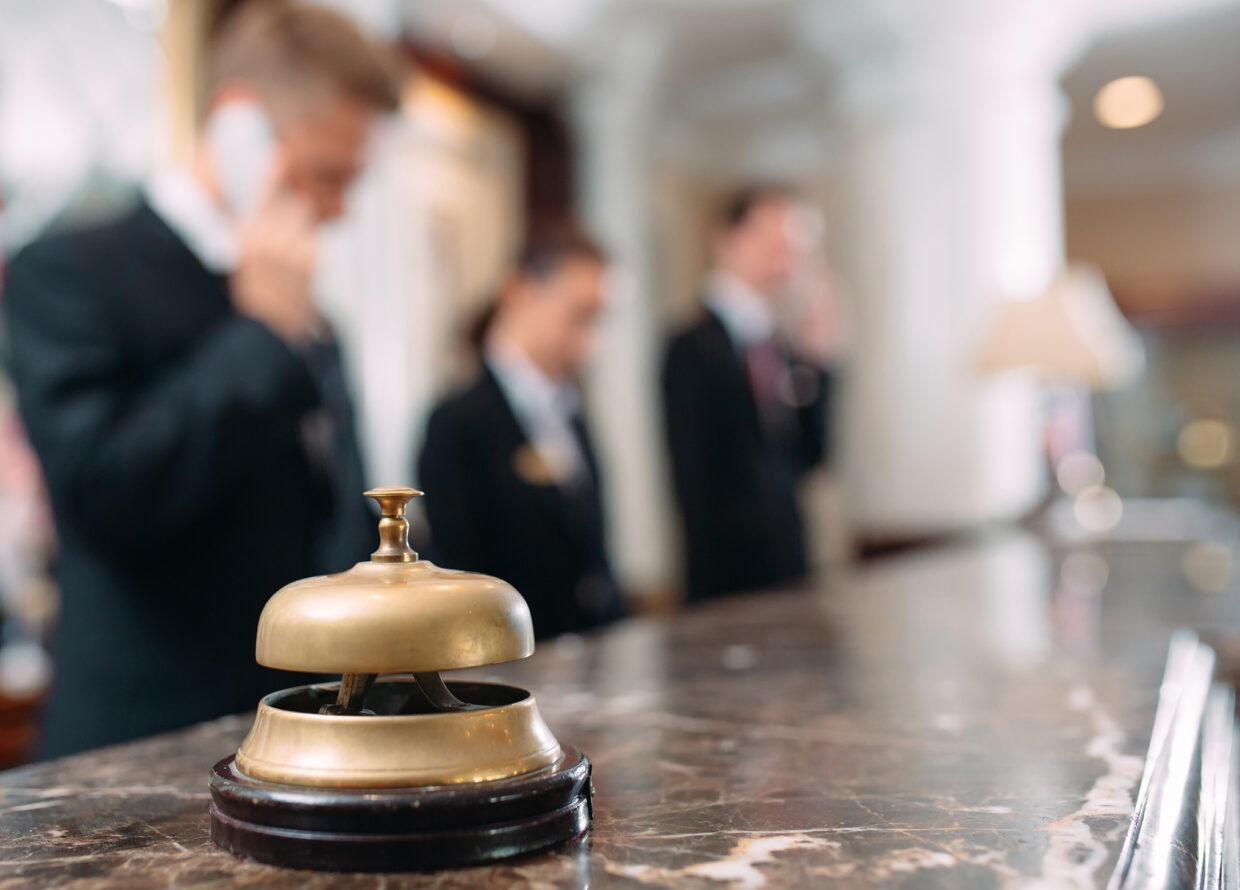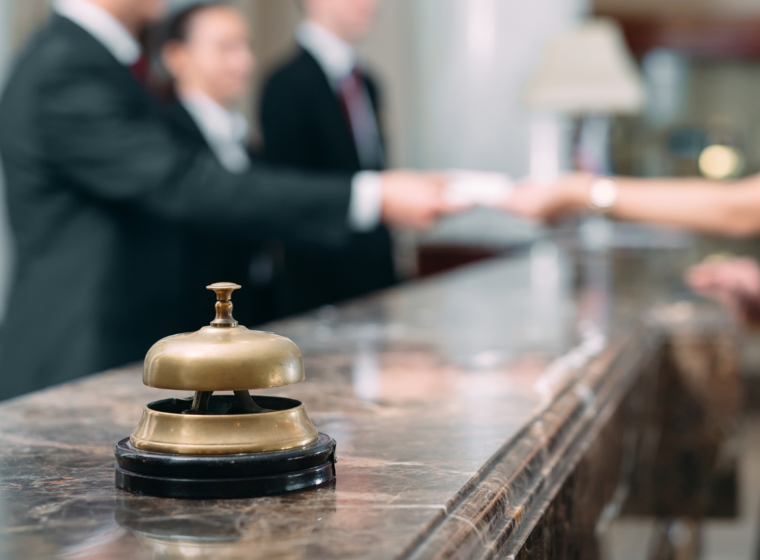Every service industry professional wants both their day and workplace to run smoothly. However, that isn’t always a guarantee. When a guest isn’t satisfied with your services, you need to recuperate with a good service recovery strategy. These strategies provide a solution to your unhappy customer, reduce customer complaints, and promote customer loyalty and satisfaction. Read ahead to learn more about service recovery strategies, and how you can apply them to your own unique business and daily needs.
What is Service Recovery?
Simply put, service recovery is the process of how your company resolves a problem with dissatisfied customers to increase customer satisfaction and promote a positive customer experience. The end goal is to make customers feel better about the issue at hand and to convert them into loyal returning customers.
Service recovery is all about anticipating guest needs and customer issues. While we try to anticipate a guest’s needs before their dissatisfaction rears its head, having a backup plan guarantees eventual resolution, and ultimately, earned satisfaction. If you don’t have a guest recovery strategy set up, read on to learn how you can set yours up along with examples on how to best deploy it.
Customer Service Recovery Strategies
A successful guest recovery strategy often includes five primary facets or steps. It’s up to you to put these ideas in the order best suited for you and your business, although some have logical placements.
1. Anticipate and empathize with the needs of the customer.
Often, problems with guests arise because of an unfortunate misalignment between a customer’s expectations and your services. When you put out advertising, photos, or any other descriptive information indicative of your services, consider what they tell the customer about your business and what they should anticipate. Ensure that they are entirely accurate to satisfy your customer’s needs fully.
2. Acknowledge your customer’s feelings.
The next step in your guest recovery strategy is to acknowledge a patron’s feelings regarding their problem. Because you need to understand their point of view to solve their problem, this step is a crucial one. Empathy will also help you understand how others could see an issue in the future and help you to fix the problem so that it’s unlikely to happen again.
3. Take responsibility and apologize.
During your recovery process, it is essential not to blame anyone else but yourself – especially not the customer. Blaming the customer makes the solution seem out of reach and can decrease the customer’s respect for your brand. Instead, own up to the issue and apologize for it. Do this even if the issue was with another service provider.
4. Offer alternatives or solutions for their problem.
You can’t change a dissatisfied customer into a satisfied one without first solving their problem. In these instances, it is essential to have reliable third-party service providers. For example, many modern problems come from a lack of connectivity with your hotel WiFi provider. Supply your guest with one or two best possible solutions to their issue, such as an alternative source of WiFi, or a complimentary voucher. If this problem persists or becomes a common issue, consider upgrading your network to better support your guests’ needs and expectations.
5. Make amends through follow-up.
This last step is all about customer conversion. It is imperative you keep an open line of communication between you and the displeased customer. The last thing you want is for a customer to feel unwelcome to return if their problem isn’t adequately taken care of. Make sure to check back in with them to ensure the conflict is resolved satisfactorily and in the long-term.
Service Recovery Examples
Some examples of situations that require customer service recovery include misleading advertising, rooms that aren’t up to the same standard of pictures featured on booking sites, or hotel WiFi incapable of handling the guest load. The latter problem is especially common for business travelers who require faster WiFi capable of video conferencing and large file uploads and downloads.
In the case of unsatisfactory hotel WiFi, you need to consider the guest’s needs. For example, do they need higher bandwidth? Is the WiFi too slow? Is your network vulnerable to frequent service breakdowns or failures?
In these cases, you should make sure to understand their needs, why it isn’t working for them specifically, and apologize for the inconvenience the issue has caused. Once you fully understand the situation and their feelings, try to solve the problem. Then, you can check their router or get in touch with your service provider.
Ultimately, it might come down to simply getting a reliable hotel WiFi provider. Certain companies and plans just won’t satisfy guest needs in hotels.
Implement Your Guest Recovery Strategy
Because problems can arise from a variety of places, guest recovery in the hospitality industry requires a multi-faceted approach. With these strategies in place, you will be able to successfully address guests’ issues, delight guests, and create loyal visitors.
To ensure that your WiFi is reliable and that you can take care of any guest dissatisfaction before it occurs, reach out to the hospitality WiFi experts at BlueprintRF. We provide the WiFi connections your hotel needs to effectively implement your guest recovery strategies.









